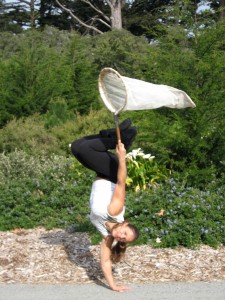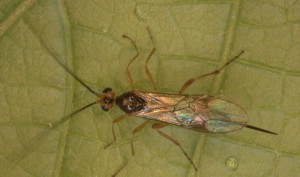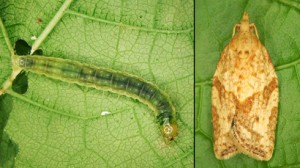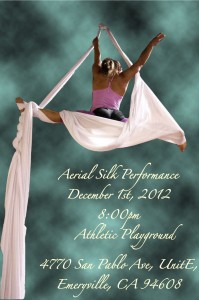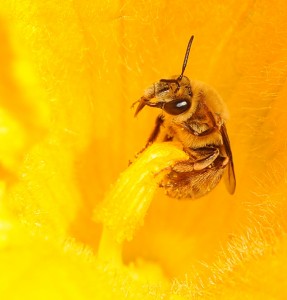Most people celebrate this week for February 14th, Valentine’s day, but a new holiday is in the making- February 12th, Darwin Day! The 12th of this month celebrates the 204th birthday of Charles Darwin, author of The Origin of Species and co-discoverer of the principles of natural selection. Across the globe, thousands of people celebrate Darwin Day to commemorate the invaluable contributions of one of the world’s greatest scientists. But is the United States ready for this holiday? In 2011 legislation was introduced by Rep. Peter Stark to officially recognize Darwin Day, and revisited in January of this year by Rep. Rush Holt. In a country where about 40% of the public deny the fact of evolution, why should Darwin Day be recognized?
More than any other scientist, Darwin’s ideas have influenced our modern lifestyle. Vaccines and chemotherapy depend on understanding that viruses and cancers evolve. Agricultural innovation centers around selecting for crops that will be the most successful. Even the loveable Labradoodle was inspired by the idea of inherited traits. A famous quote by evolutionary biologist Ted Dobzhansky sums it all up: ‘Nothing in biology makes sense except in the light of evolution’. The very foundations of a healthy and well-fed society- medicine and agriculture – also depend on the illumination of Darwinian evolution.
As a keen geologist, Darwin noted that the slow earthly transformations of mountain ranges depended on the earth being much older than previously thought. As a breeder of pigeons and plants, he observed the slow and hereditary transformation of species. As an avid naturalist, he collected the incredible diversity of life, including fossil specimens of extinct animals. In 1859 he collected his ideas in The Origin of Species to describe a novel idea: the earth is very old, and the species on it change with time. He was met with resistance from both the public and scientific community.
More than 200 years later, we know that evolution is true- we have undeniable evidence of evolution in action and science accepts the principles of evolution as fact. There are still many who resist these facts, but we should not be intimidated into silence when we know something to be true. It took centuries to recognize racial equality in this country, and Martin Luther King Jr. Day was only celebrated in all 50 states in 2000, despite being introduced in 1983. So too, we must started the long hard work to recognize the importance of Charles Darwin, and his contributions to our society.
The tradition of Darwin Day started in 1909 to celebrate the 100th birthday of the departed scientist, and the 50th anniversary of the publication of The Origin of Species. Since that time, celebrations have ranged from public lectures on evolution, to ‘phyllum feasts’ that aim to eat as broadly as possible from across the tree of life. At the University of California, Berkeley, the celebrations are hosted by the Essig Museum of Entomology, and generally include an evolutionary themed photo contest, a cake for the birthday boy, and toasts to commemorate the contributions of local biologists. Although mainly a private event, the public can get a free tour of the museum.
Unfortunately, even in this the most liberal of American cities, Darwin Day is not widely celebrated. The celebration of Darwin Day needs to be brought to the public, because above all else, evolution serves a public good. So, for every flu vaccine, cold-tolerant crop, and new dog breed you encounter this year, please take some time and thank the illustrious Mr. Charles Darwin. And if you have some time, please write your public representative and show your support for the recognition of Darwin Day.

